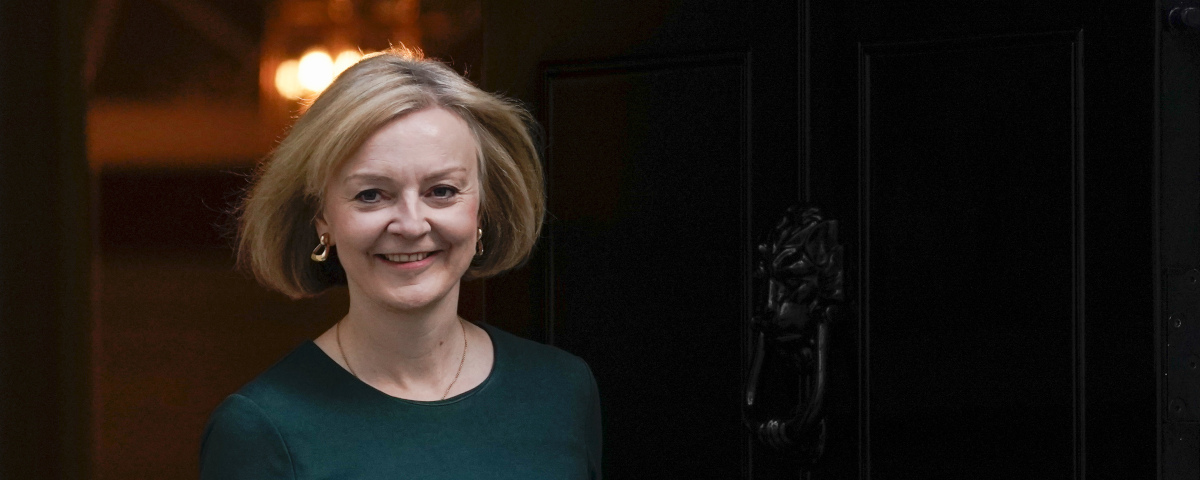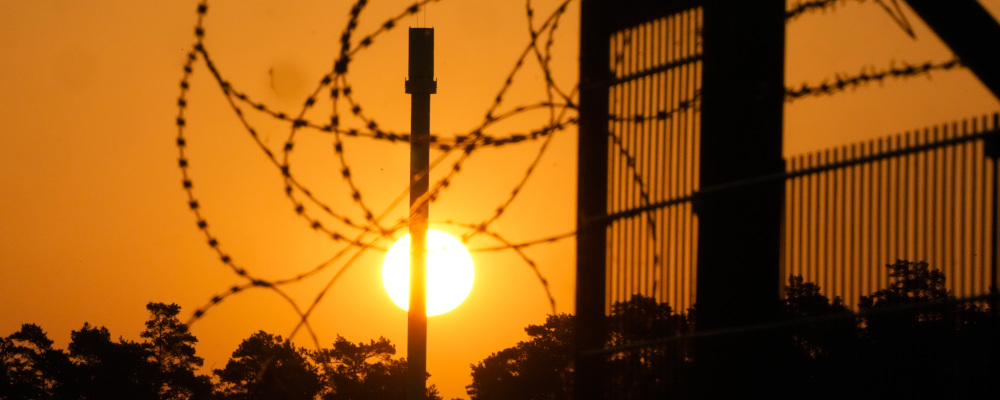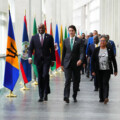Writing about the British government’s recent tax and spending package is a risky undertaking. The political fallout is still fast evolving including sharp criticism from influential Conservative MP Michael Gove that the proposed reductions to the top personal income tax rate were “a display of the wrong values” and the government’s subsequent retreat from its controversial proposal.
There’s plenty of reasons to criticize the government’s plan. Its failure to offset the deep tax reductions for corporations and individuals with accompanying spending cuts would have ballooned the annual deficit and massively increased the country’s public debt. Estimates from the independent Institute for Fiscal Studies were that Britain’s debt-to-GDP ratio would grow as a result from just over 80 percent to nearly 95 percent by 2026-27.
There’s also the clumsy and ineffectual communications that the prime minister herself has conceded. It’s not obvious based on the government’s presentation that these particular tax reductions were optimal or that the costs in the form of greater government borrowing, eventual spending reductions or even alternative policy choices (including public investments in science and technology) were worth the short- and long-run economic benefits.
Yet if the government’s plan deserves a defence, it’s against the weak and wrong-headed argument that its tax cuts are intrinsically bad because they aren’t progressive. The International Monetary Fund’s warning that the government’s corporate and high-income tax cuts “will likely increase inequality” is representative of this lazy line of argument.
It reflects a new and unproductive tendency to score every policy choice against the goal of equity — as if the only credible purpose of state action ought to be advancing equality. According to this increasingly dominant thinking, it’s no longer enough for the overall system of tax and transfers to be progressive. Now every single policy itself must be so-called “equity enhancing.”
While equity is a key rationale for government policymaking, it’s far from the sole one. Economic efficiency, which broadly refers to the optimal allocation of resources in a market economy, is also an important policy objective. But one would be forgiven for not knowing that lately. Policy considerations about efficiency (or imperfect yet popularized descriptions like economic competitiveness) have come to be subordinated in the political process over the past several years.
A good example is the huge gulf between the tax-cutting policies of the Chretien government at the start of this century and the tax-hiking policies of the current Trudeau government. The former’s 2000 Fall Economic Statement set out a series of pro-efficiency tax cuts, including lowering personal income taxes, corporate taxes, and capital gains taxes, that amounted to the “largest tax cut in Canadian history.” While it was part of a larger set of tax and spending initiatives that were broadly progressive, the Chretien government wasn’t afraid to make the case that tax policy ought to “provide incentives, not impediments” to achieve the goals of investment, entrepreneurship, and wealth creation.
The Trudeau government, by contrast, came to office arguing in favour of higher tax rates on high-income earners and has since applied an equity lens to virtually all of its policymaking. The Chretien government’s case for positive-sum growth has seemingly been replaced with a zero-sum focus on redistribution.
It’s not even precisely correct to say that the new emphasis is on equity. It’s a particular form of equity which narrowly concerns itself with the distribution of taxes and spending across income groups. It’s not really concerned, for instance, with horizontal equity which reflects the goal that households with similar abilities to pay ought to ultimately pay similar levels of taxation. The Trudeau government scrapped its predecessor’s income splitting policy that sought to equalize the tax treatment of households with children on the simple grounds that it was a “tax break for the wealthy.”
It’s difficult to discern precisely when our politics became equity obsessed. Attention to these issues seems to have taken off in the context of the 2007-08 recession and Barack Obama’s insurgent candidacy in the Democratic Party’s presidential primary. Since then, however, it’s evolved from a useful corrective to the rise of economic inequality in the 1990s and early 2000s into an overarching political economy framework that dominates Western policymaking and our overall political debates.
The Truss government’s highly-imperfect and clumsily-executed tax cuts were a brief challenge to this prevailing orthodoxy. They represented a rightful recognition that the Western governments’ overfocus on demand-side redistribution has failed to deliver higher rates of economic growth and that a recalibration to a more supply-side agenda is required to boost growth and dynamism in an era of economic stagnation. The proper mix of supply-side policies as well as how best to pay for them in a constrained fiscal environment is where our policy and political attention ought to be dedicated.
This column started as a principled defence of some of the underlying thinking behind the Truss government’s ambitious supply-side agenda. It’s ended as something of an obituary for its now partly defunct plan. Hopefully the lesson for policymakers in Canada and elsewhere isn’t that the U.K. government’s basic insight about the need for a renewed focus on growth and dynamism was itself dead wrong.
Policymaking must of course concern itself with the goal of equity. But equity without efficiency is hardly better than efficiency without equity. It’s ultimately a recipe for long-run stagnation and zero-sum polarization. We need to restore a healthier balance to our policy and politics.
Recommended for You

Ginny Roth: J.D. Vance, Pierre Poilievre, and how they slice their economic pie

David Polansky: As President Biden leaves the race, will the Democratic Party hodgepodge hold?

Peter Menzies: The mainstream media should love Doug Ford, now that he’s subsidizing them

Geoff Russ: A future Conservative government must fight the culture war, not stand idly by










